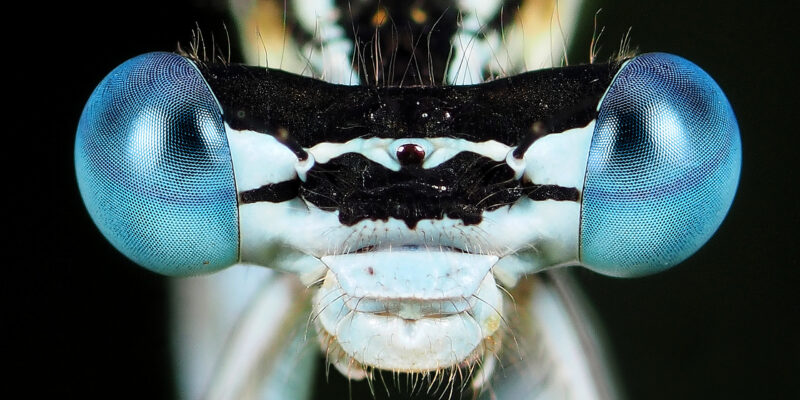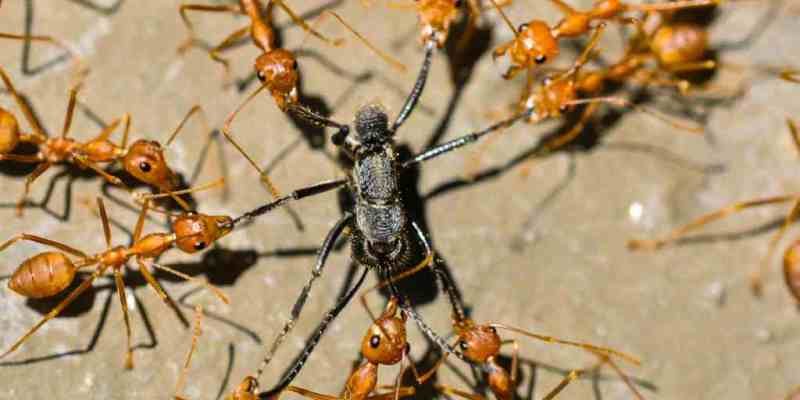Congratulations to the winners of the 2021-2023 Royal Entomological Society Journal Awards.
Ecological Entomology is a leading journal focusing on original research concerning insects and related invertebrates’ ecology.
Aimed at ecologists driven by ecological or evolutionary theory, we prioritize innovative contributions testing specific hypotheses. Our journal publishes full-length Original Articles, Reviews, Short Communications, and Methods papers, all intended to advance the field of ecological entomology.

Winner Volume 47, 2022:
Erez Büyükyilmaz for his contributions to Developmental temperature predicts body size, flight, and pollen load in a widespread butterfly

Erez graduated with an honours in biology from The University of British Columbia in 2021. Throughout his degree he was interested in climate change and how it affected various organisms, particularly insects. Most of his undergraduate research focused on how warmer temperatures affected the pollination and dispersal ability of butterflies.
He is currently working as a research technician in the private sector, mainly focusing on finding biological solutions to crop pests. Erez is hoping to return to graduate school soon to obtain his PhD in insect ecology and further contribute to the field.
Judges said,
“This ambitious paper combines both lab and field components to test the direct effects of climate warming on the butterfly Pieris rapae as well as the indirect effects this warming on an important ecosystem service, pollination. As the authors point out, much of what we know about how climate warming affects body size of insects comes from experiments conducted in growth chambers. For this study, conducted by student Erez Büyükyilmaz and advisor Michelle Tseng, the authors conducted their own growth chamber experiment that confirmed that warmer rearing temperatures led to smaller individuals.
The authors went further than many studies by then demonstrating that these changes in body size negatively affected flight metrics and used wild-caught butterflies to show that these smaller butterflies carry fewer gains of pollen and a lower diversity of pollen, which likely has important implications for pollination services.”
This paper focused on the effects of the warming climate on butterflies. In warmer temperatures, such as the ones that we are experiencing more often nowadays due to climate change, insects progress through their life cycle much faster compared to cooler temperatures. This often results in a smaller body size for adult insects. Historically, we also have strong evidence that size plays a major role in insect flight.


Erez said of his research:
“Most studies in this field either focused on the effect of temperature on body size or the effect of body size on flight ability. In a novel approach, this paper demonstrated that butterflies reared in warmer temperatures were smaller and flew for a shorter time and distance. Smaller butterflies captured in the field also carried less pollen. Based on these conclusions, climate change could have profound impacts on butterfly and plant interactions.”

Winner Volume 48, 2023:
Tabea Streicher Experimental viral spillover can harm Bombus terrestris workers under field conditions

This paper addresses a timely and important ecological question: whether pathogen spillover from farmed honeybees is a risk to wild bees. Understanding this risk is vital, given the decline in wild pollinators in recent years.
The judges summarised that they chose this study because it “asks whether inoculation of bumblebees, Bombus terrestris, with the common honeybee RNA virus, DWV, reduces their survival in the field, and whether it depends on the mode of inoculation – by feeding or injection. This is important: whilst DWV can be vectored to honeybees via mites, the most likely route of infection for wild bees is orally, when foraging on flowers that have been contaminated by infected honeybees. The paper is clear and well written and covers an interesting and impactful question that furthers our understanding of pathogen spillover and pollinator decline.”
Tabea Streicher is a biologist specializing in host-parasite interactions, with a particular interest in pathogen spillover and the pathways and barriers to disease emergence in insect pollinators. She received her B.Sc. in Biology from the Technical University Dresden in 2015 and her M.Sc. from the Martin Luther University Halle-Wittenberg in 2018, where she is in the final throes of finishing off her PhD thesis. Tabea’s doctoral research has focused on the role of pathogen spillover in pollinator decline, specifically investigating deformed wing virus transmission between honeybees and bumblebees. This research enhances our understanding of pathogen dynamics among pollinators and provides valuable information for biodiversity conservation.


Now at Baden-Württenberg‘s State Institute of Bee Research – University of Hohenheim, she coordinates a long-term study monitoring honeybee colony health across Germany. This project investigates factors contributing to significant colony losses and aims to promote sustainable management of these essential pollinators. Tabea commented,
“Through my work, I hope to contribute to advancing our understanding of bee health and resilience in the face of longstanding and novel environmental challenges.”
Furthermore, when speaking about her winning research article, she noted:
“This study investigated the spillover of deformed wing virus (DWV) from honeybees to bumblebees in a field-realistic setting to explore the impact of DWV on bumblebee recipient hosts. Bumblebee workers were exposed to DWV via feeding or injection. Bees were then introduced into experimental colonies in the field to assess survival and virus load when natural stressors are present.
Results showed that injected bumblebees harboured high viral loads and suffered higher mortality; an effect not observed in previous lab-based studies, which underscores the importance of environmental and host-conditional context for host-parasite interactions. The survival of bumblebees fed with DWV-contaminated food, mimicking the more likely natural infection route, was unaffected. It can be concluded that although DWV can cause disease in B. terrestris, the individual risks from DWV spillover during foraging on virus-contaminated flowers appear limited.”
Future studies need to explore additional effects, especially on overall colony fitness, to broaden our understanding of the consequences of DWV spillover to other pollinators.

Highly commended Early Career Entomologist awards:
Bin Jiang Predation promotes diversification in the mean and variance of antipredator traits
Danielle Rutkowski Bee-associated fungi mediate effects of fungicides on bumble bees
Cigdem Ün Endosymbionts mediate the effects of antibiotic exposure in the tramp ant Cardiocondyla obscurior
Shao Xiong Chui Functional resin use in solitary bees





